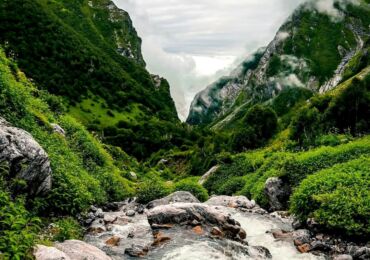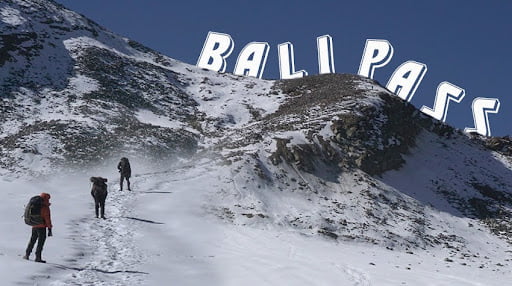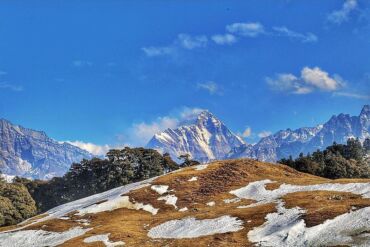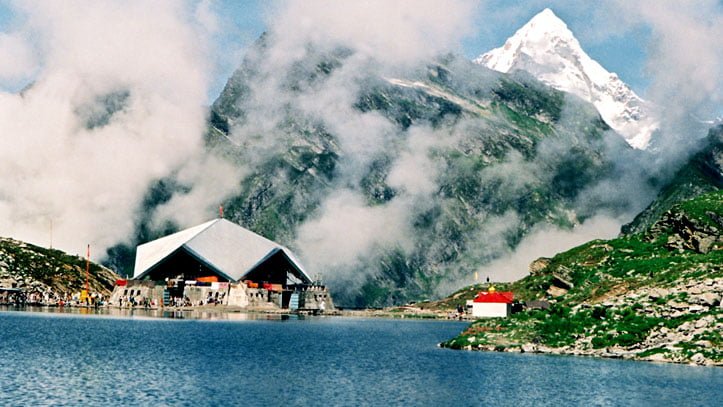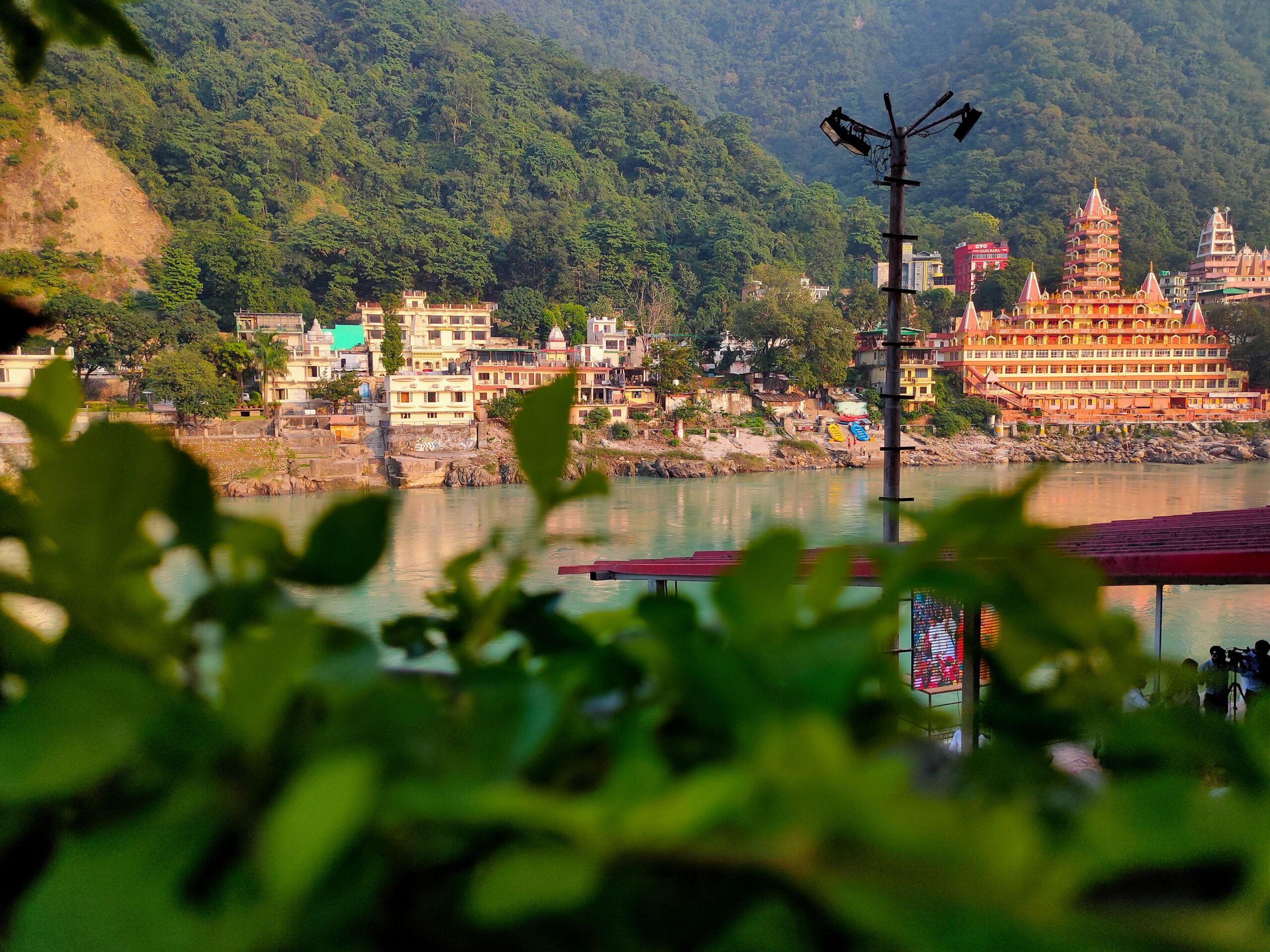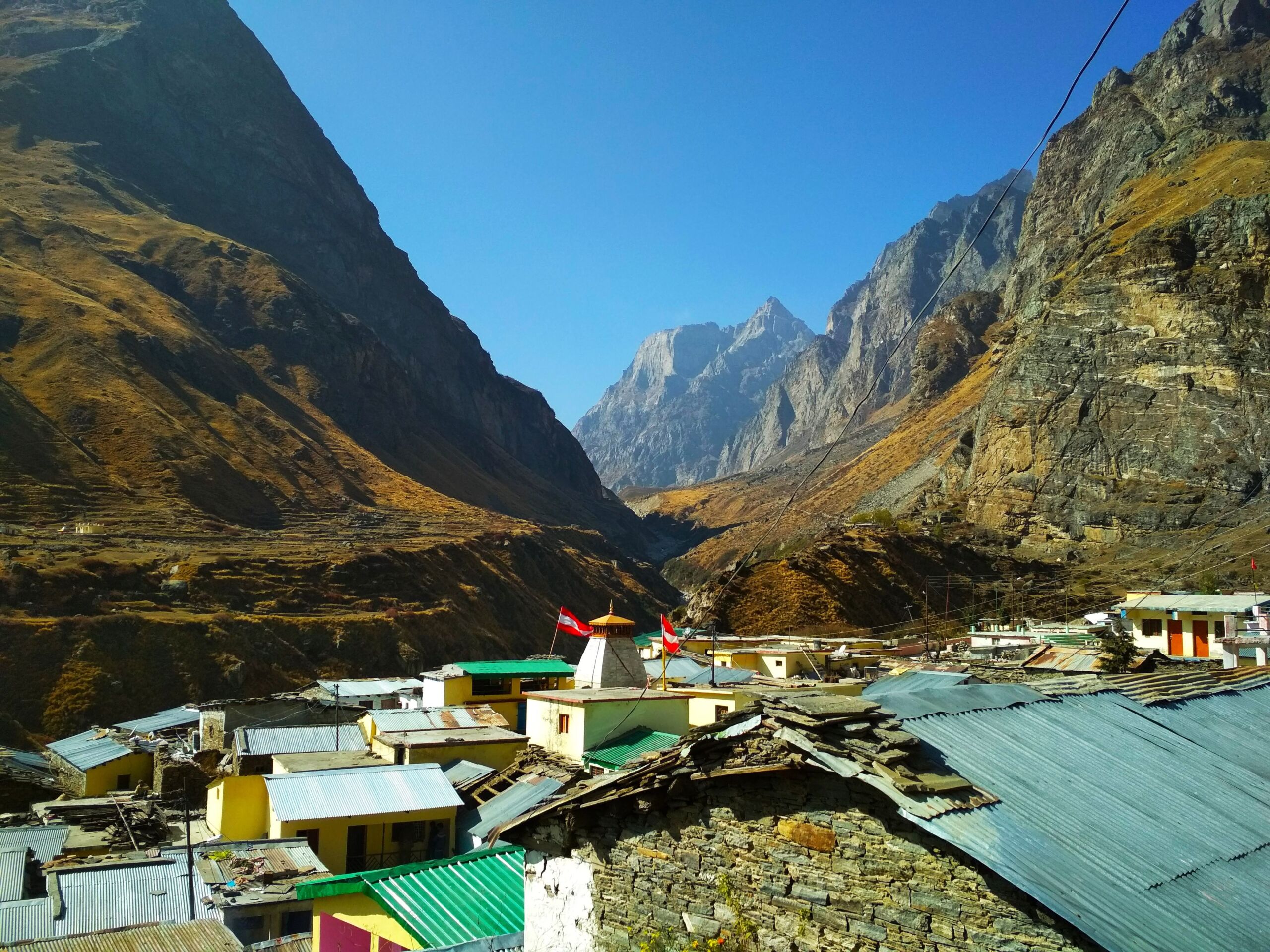2 to 3 Days Short Treks in Uttarakhand Himalayas
Trekking is one of the most pleasing experiences for a traveller and nature enthusiast. I love trekking and exploring new places in the mountains. If you love trekking and want to experience a 2 to 3-day trek in Uttarakhand, I will tell you about some 2 – 3-day treks in this travel guide. Below is the list of short treks in Uttarakhand and you can go with your friends, partner or solo. These treks are medium to hard level treks so make sure you are physically fit if not then start a gym or exercise at least 2 months before your trekking journey.
The ancient trade route Gartang has been opened for Indian trekkers and tourists this year and Nelong Valley is one of the best trekking destinations it takes 2 to 3 days to explore the valley depending on your speed.
Short 2 – 3 Days Treks in Uttarakhand
Below is the list of some popular 2 – 3 days short days treks in Uttarakhand from Rishikesh. You are going to love these trekking destinations from Rishikesh. Spend your time in the lap of nature and mountains, where you can pamper in an adventure trek with Yoga and Meditation.
So let’s see those treks:
1 – Joshimath – Dhanbadri Trek
This trek is situated at an altitude of 2134 meters and 12 Km motorable from Joshimath and 10 Km from Helang. It takes 2 days to complete the trek journey and the total distance is 12 Km. The difficulty level of the trek is medium
2 – Joshimath – Bhavishya Badri Trek
Bhavishya Badri trek is situated at an altitude of 2744 meters and the total trek distance is 12 Km and it takes 2 days to complete the journey. The difficulty level of the Joshimath Bhavishya Badri trek is normal.
3 – Ghat – Bheti Bugyal Trek
Ghat – Bheti Bugyal trek is a normal grade difficulty level trek of 5 Km and it takes 3 days to complete the journey from Rishikesh.
4 – Dudhatoli Trek
The Dudhatoli trek is located at an altitude of 3100 meters and the difficulty level of the trek is normal and the total journey is 22 Km long and it takes 3 days to complete the trek journey.
5 – Gujrugarthi Trek
The total trek distance is 6 Km and it takes 2 days to explore the trek and the difficulty level of the trek is normal
6 – Kartik Swami Trek
Kartik Swami Trek is one of the popular short-distance treks in Uttarakhand the trek distance is just 3Km and the difficulty level is moderate it takes 2 days to complete the journey from Rishikesh.
7 – Tungnath Chandrashilla Trek
Tungnath the highest Shiva temple in the world and Chandrashilla where Lord Rama meditated. The total distance from Chopta to Tungnath trek is 3.5 Km and 5 Km total to Chandrashilla.
8 – Deoriatal Trek
Deoriatal Lake is located at an altitude of 3000 meters from the sea level. The total trek distance is 3 Km from the Sari village Rudraprayag which is the base camp for the Deoriatal trek. It takes 3 days to complete the journey from Rishikesh.
9 – Badhani Tal Trek
Badhani Tal is located at an altitude of 7000 meters and the total trek distance is only 1 Km and the difficulty level is normal. It takes 2 days to complete the journey from Rishikesh.
10 – Budha Kedar – Malla Trek
The total trek distance is 22 Km and it takes 3 days to complete the trek journey from Rishikesh. The trek difficulty level is medium. But make sure you are physically fit.
11 – Ghuttu – Panwali Kantha Trek
The trek distance is 15 Km and it takes 3 days from Rishikesh to complete the trek and return. The trek difficulty level is medium.
12 – Panwali – Trijuginarayan
Trijiginarayan temple where Lord Shiva and Parvati married. Panwali – Trijuginarayan total trek distance is 34 Km and it takes 3 days to complete the whole journey. The difficulty level of the trek is medium.
13 – Dayara Bugyal Trek
Dayara Bugyal is situated at an altitude of 3048 meters above the sea level. The total trek distance is 14 Km and it takes 2 days to complete the trek journey and the difficulty level of the trek is medium.
14 – Gangotri – Bhojkhark – Kedar Tal Trek
Gangotri to Kedar Tal Trek is a short trek in Uttarakhand with a total distance of 14 Km and it takes 3 days to complete the trek. The trek difficulty level is strenuous.
15 – Sankri – Jakhol – Bharasar Tal Trek
The Sankri to Bharasar Tal trek is another short trek in Uttarakhand with a distance of only 5 Km and it takes 2 days to complete the trek with 1 day stay, but the difficulty level of the trek is strenuous.
So these were the top 15 short treks in Uttarakhand that can be completed in a 2 – 3 day trekking journey. You are going to love the thrill and adventure. Make sure to prepare and keep all the necessary things for your trek journey like some basic things, food items, water and a medicine kit.
Share this article with your friends or known ones who love trekking and want to explore treks of Uttarakhand that will not take so many days.

